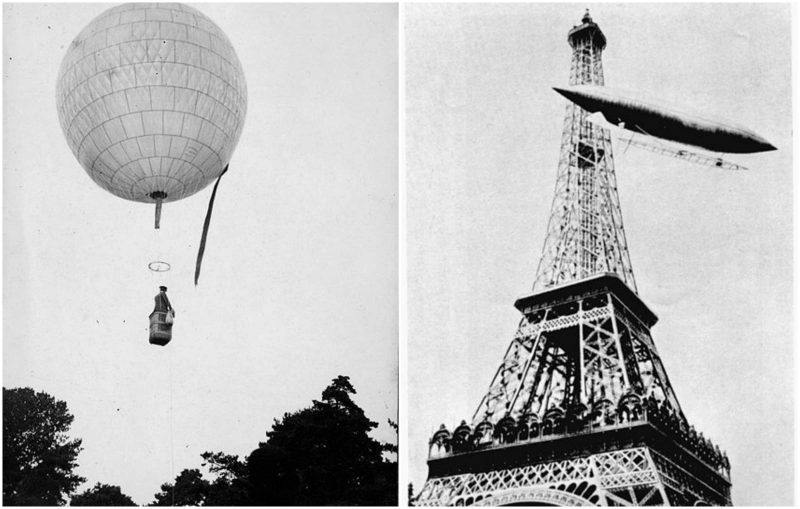“To invent a plane is nothing. To build one is something. But to fly is everything.” – Otto Lilienthal
Today everyone can fly. So easily and so far. In our world and beyond. Well, read these stories. Humanity should be grateful to these pioneers of aviation who passionately created and developed aircraft.
1. Sir George Cayley
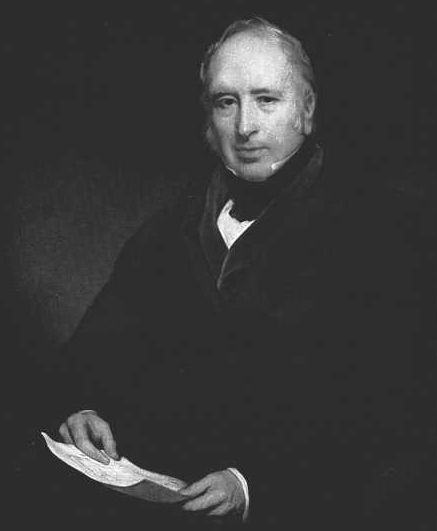
Sir George Cayley, born in 1773, was a prolific English engineer who is sometimes called the ‘Father of Aviation’. A pioneer in his field, he is credited with the first major breakthrough in heavier-than-air flight. In 1804 Cayley designed and built a model monoplane glider of strikingly modern appearance.
The model featured an adjustable cruciform tail, a kite-shaped wing mounted at a high angle of incidence and a moveable weight to alter the center of gravity. It was probably the first gliding device to make significant flights. He successfully took flight near Scarborough, England, supposedly with Sir George’s terrified carriage driver as its passenger. While Cayley died just a year later in 1854, his scientific research into heavier-than-air flight would later serve as the theoretical backbone for many early aircraft designs.
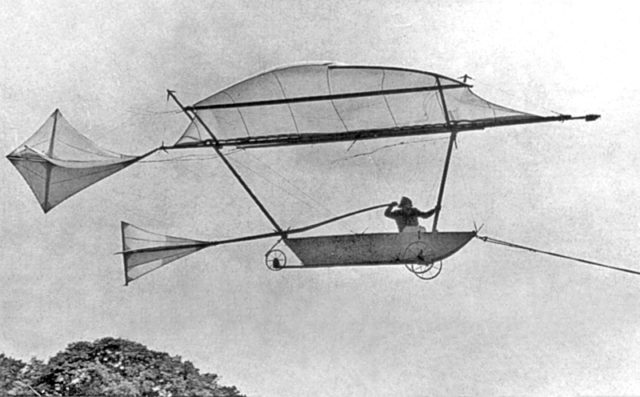
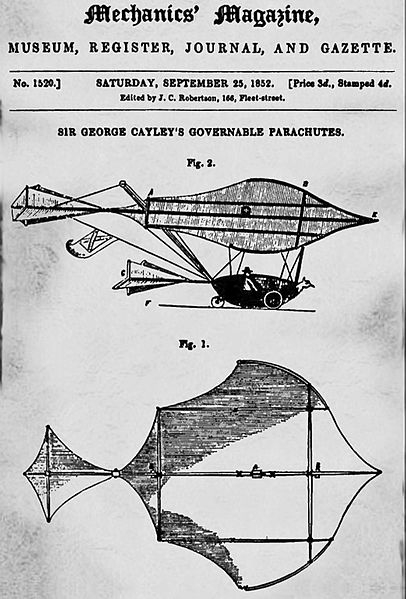
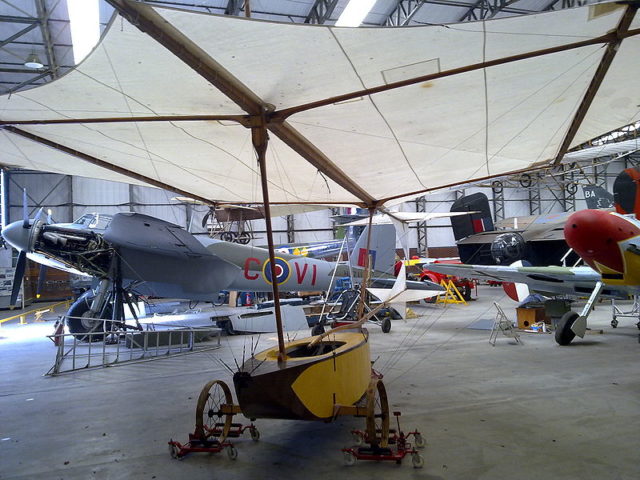
An individual of wide technical and scientific interests, Cayley invented the light-tension wheel (forerunner of the bicycle wheel), the expansion air, or hot-air, engine (1805), and the caterpillar tractor (1825).
He was a founder of the Regent Street Polytechnic Institution (charter of incorporation granted in 1839; now the Royal Polytechnic Institution). He also pursued research in science education, land reclamation, acoustics, railway equipment, lifeboats, ballistics, optics, and electricity. Among other things, he was the first to identify the importance of streamlining, cambered wings and pilot-controlled rudders and elevators—all innovations that the Wright Brothers would later incorporate into their own planes.
2. Otto Lilienthal
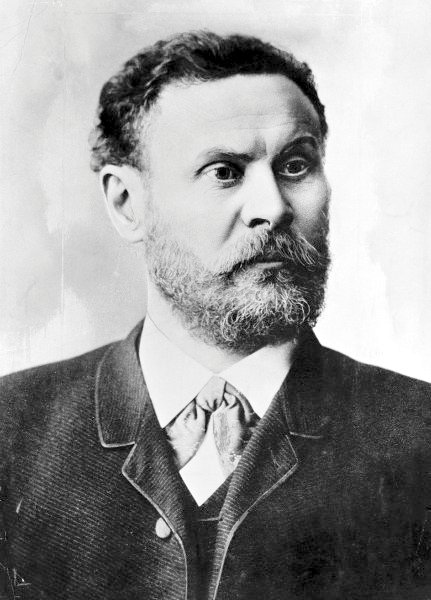
Otto Lilienthal, born in 1848 was a German pioneer of aviation who became known as the Glider King. Lilienthal’s numerous flights, over 2,000 in number, with 16 different glider designs that he constructed demonstrated beyond question that unpowered human flight was possible and that total control of an aerial device while aloft was within reach.
He lived by the motto “To invent a plane, is nothing. To build one is something. But to fly is everything.”
His well-documented flights—some of which saw him soar as far as 800 feet—helped legitimize the quest for aviation during a time when many still considered it a fool’s errand.
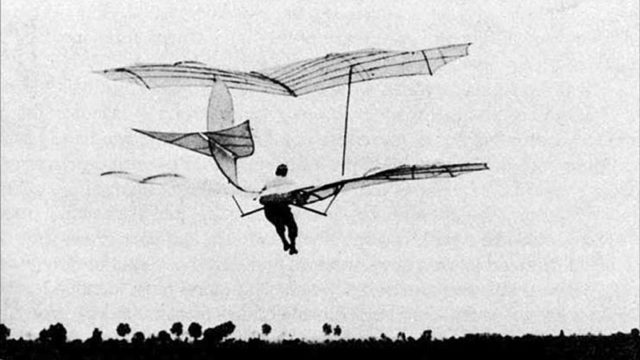
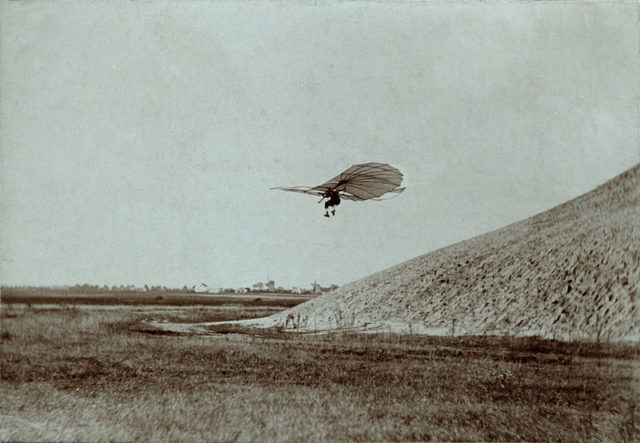
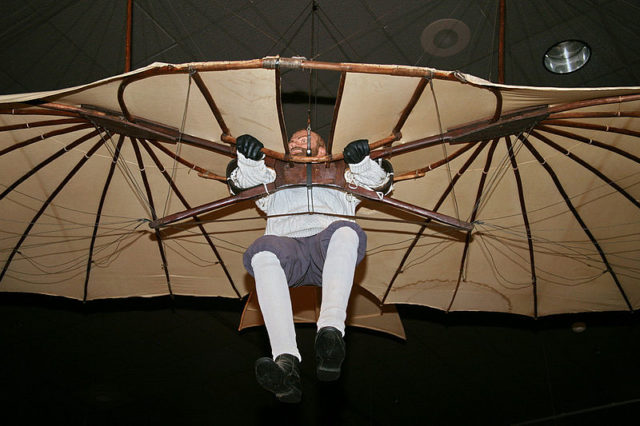
The first successful manned aircraft in the world is Lilienthal’s Derwitzer Glider, built in 1891. This aircraft covered flight distances of up to about 80 feet near Dewitz/Krielow in Brandenburg. During this series of flight experiments, Lilienthal reduced the glider’s wingspan. By 1896 he had improved his design into a big wing flapping machine which later was outfitted with an engine.
Photos of the “Glider King” circulated around the globe, inspiring a whole generation of aviators. However, he didn’t live to see the full impact of his work. During a flight on August 9th, 1896 Lilienthal’s glider pitched forward heading down quickly. Lilienthal had previously had difficulty in recovering from this position because the glider relied on weight shift which was difficult to achieve when pointed at the ground. His attempts failed and he fell from a height of about 15 meters (49 ft), while still in the glider.
3. Alberto Santos-Dumont
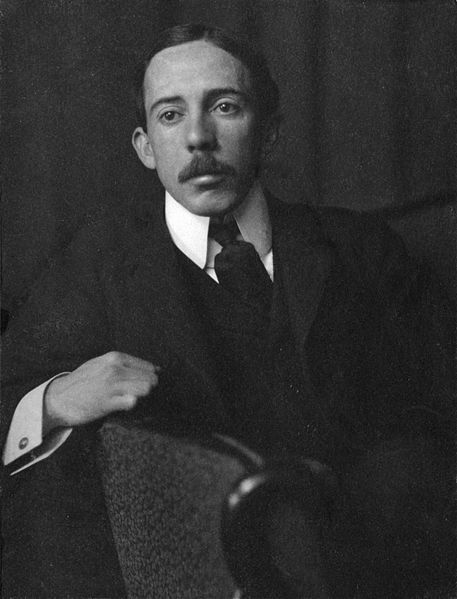
Santos-Dumont was the son of a wealthy coffee planter who traveled to France to study engineering, and soon became fascinated by flight. His first balloon design was the Brazil, which he flew in 1898. It was round and unusually small but it was capable of lifting a payload of 52 kg and it had a wicker basket in its lower part.
His second balloon, America had 500 m3 of capacity and brought Santos-Dumont the aero club of Paris’ award for the study of atmospheric currents. However, he quickly turned his attention to powered airships. A total of 11 dirigibles emerged from Santos-Dumont’s workshop over the next decade.
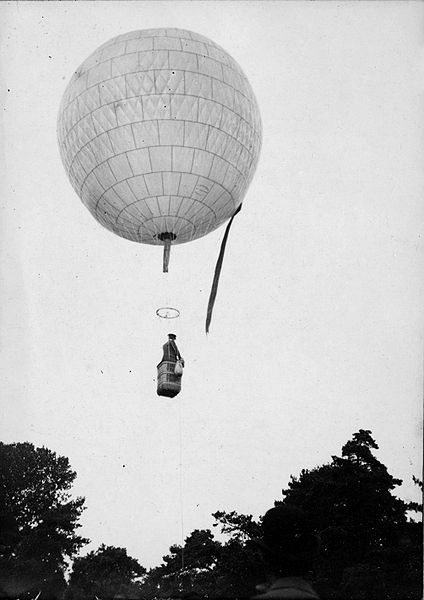
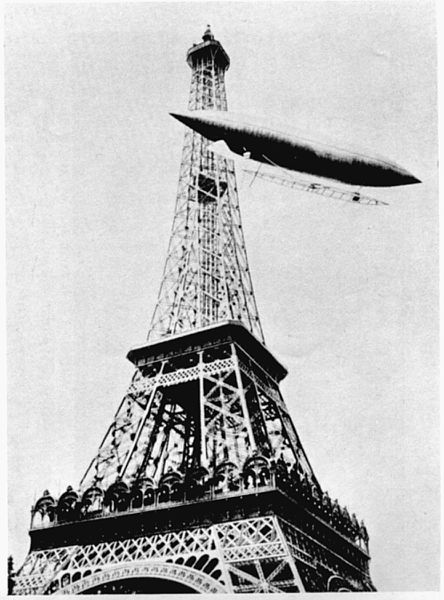
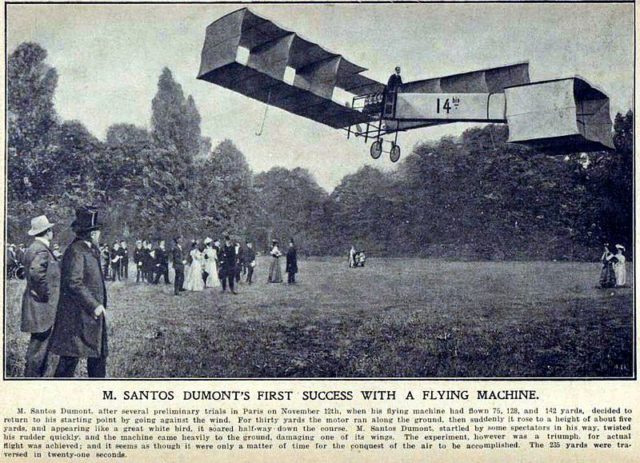
By 1905, he had finished his first fixed-wing aircraft design, and also a helicopter. Santos-Dumont finally succeeded in flying a heavier-than-air aircraft on 23 October 1906, piloting the 14-bis in front of a large crowd of witnesses at the grounds of Paris for a distance of 60 meters and at a height of about five meters.
This was the first flight of a powered heavier-than-air machine in Europe to be verified by the Aero-Club de France and won the Deutsch-Archdeacon Price for the first officially observed flight of more than 25 meters. On 12 November 1906 Santos-Dumont set the first world record recognized by the Federation Aeronautique Internationale, by flying 220 meters in 21.5 seconds.He then returned in 1909 with the “Demoiselle” (“Dragonfly”), a lightweight, front-propeller plane whose design was widely copied.
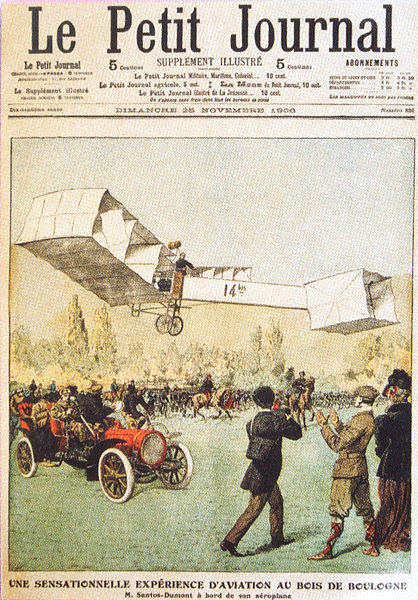
Despite his successes, Santos-Dumont struggled with mental illness during the latter stages of his life. He was reportedly horrified at seeing airplanes used as killing machines in World War I, and following several years of sanitarium visits, he committed suicide in 1932. Though little known in the United States, he’s considered a national hero in his native Brazil, where he is often credited as the inventor of the powered airplane.
4. Glenn Hammond Curtiss
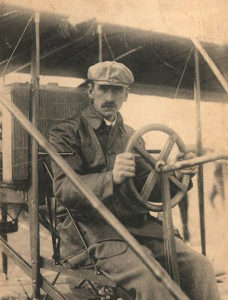
Daredevil Glenn Curtiss was already the “fastest man on earth” before he ever piloted an airplane. Born in Hammondsport, NY, in 1878, he was a champion bicycle racer for years and naturally progressed to designing and building his own machines. By 1902, Curtiss, with three employees, was manufacturing his own motorcycles under the trade name Hercules.
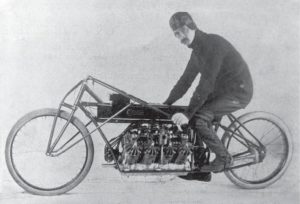
Curtiss entered aeronautics in 1904 when the American aeronaut Thomas Scott Baldwin purchased a Curtiss motorcycle engine to power his airship California Arrow. At the invitation of Alexander Graham Bell, he joined the newly formed Aerial Experiment Association (AEA) in 1907. Flying the AEA June Bug at Hammondsport, N.Y., on July 4, 1908, Curtiss won the Scientific American Trophy for the first public flight of at least 1 km with an American airplane.
On May 29, 1910, Curtiss flew from Albany to New York City to make the first long-distance flight between two major cities in the U.S. For this 220 km flight, which he completed in just under four hours including two stops to refuel, he won a $10,000 prize offered by publisher Joseph Pulitzer and was awarded permanent possession of the Scientific American trophy.
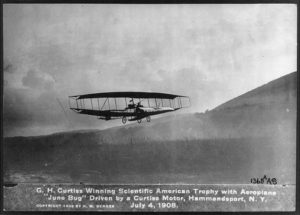
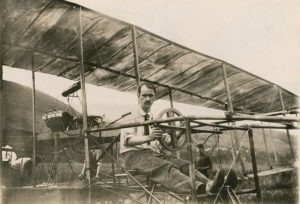
Curtis would later create at least 500 inventions while serving as the owner of his own aircraft manufacturing company. He earned the title “Father of Naval Aviation” for designing the first practical seaplane and pioneering aircraft that could take off and land on the decks of aircraft carriers, and his “flying boats” and JN-4 “Jenny” were both mainstays in the U.S. air fleet during World War I. In 1919, meanwhile, a Curtiss NC-4 flying boat became the first plane to successfully cross the Atlantic Ocean. It would be another eight years before Charles Lindbergh made his more famous 1927 flight from New York to Paris.
5. Bessie Coleman
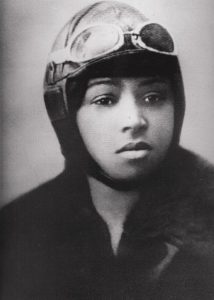
In 1922, aviator Elizabeth “Bessie” Coleman became the first African-American woman to stage a public flight in America. Her high-flying skills always wowed her audience.
Coleman was born in 1892, in Atlanta, Texas. In 1916 at the age of 23, she moved to Chicago, where she lived with her brothers. She worked as a manicurist at the White Sox Barber Shop where she heard stories from pilots returning home from World War I about flying during the war. So she tried to enroll in the flying schools in the States.
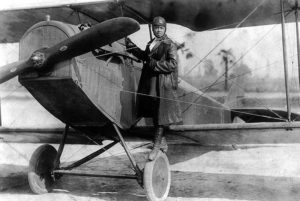
Since flying schools in the United States denied her entry because of her gender and race, she taught herself French and moved to France, earning her license from France’s well-known Caudron Brother’s School of Aviation in just seven months. Coleman specialized in stunt flying and parachuting, earning a living barnstorming and performing aerial tricks. She remains a pioneer of women in the field of aviation.
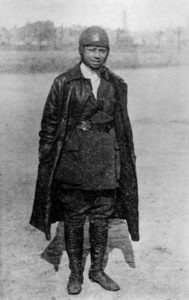
After more training in France, Germany and Holland, Coleman returned the United States in 1922 and began barnstorming her way across the country as a stunt pilot and daredevil.
People flocked to watch “Brave Bessie” do figure eights, barrel rolls, parachute tricks and dives, and the young pilot made a statement by only performing at shows where the audience was not segregated by race. Intelligent, beautiful, and well spoken, Coleman often exaggerated her already remarkable accomplishments in the interest of better publicity and bigger audiences. As a result, the African American press of the country, primarily weekly newspapers, quickly proclaimed her “Queen Bess.”
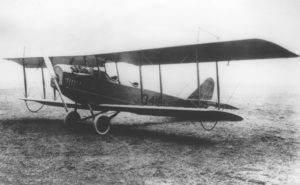
Her flights and theater appearances there during the summer of 1925 were highly successful, earning her enough to make a down payment on another plane.Coleman planned to use her earnings to start an aviation school for African Americans, but her career was cut tragically short in 1926 when an equipment malfunction threw her from a plane piloted by her mechanic and sent her falling to her death. Thousands of mourners attended the beloved aviatrix’s funeral, and she later became the inspiration for the Bessie Coleman Aero Club, an organization started in 1929 to promote African American aviation.
6. Wiley Post
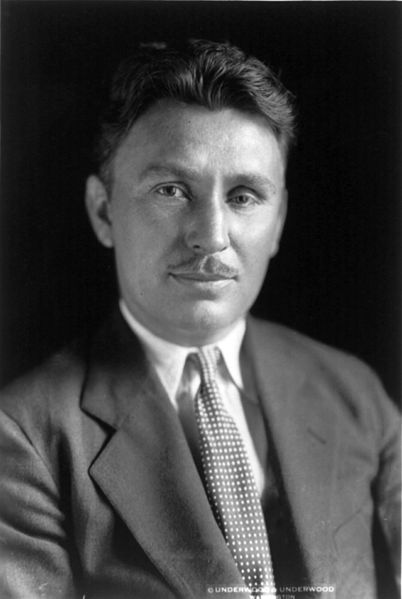
Born in 1898 Wiley Hardeman Post was a famed American aviator during the interwar period and the first pilot to fly solo around the world. Also known for his work in high-altitude flying, Post helped develop one of the first pressure suits and discovered the jet stream.
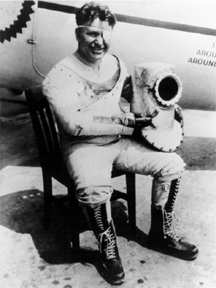
Post’s aviation career began at age 26 as a parachutist for a flying circus Burrell Tibbs and His Texas Topnotch Fliers, and he became well known on the barnstorming circuit. On October 1, 1926, an oil field accident cost him his left eye, but he used the settlement money to buy his first aircraft.
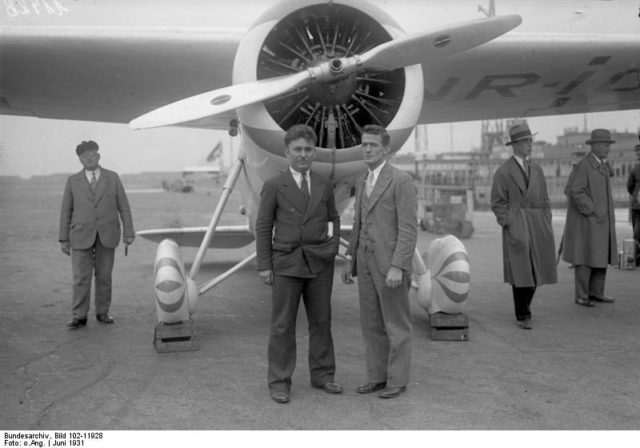
He won a major Los Angeles to Chicago air race in 1930, and in 1931 he and navigator Harold Gatty used a Lockheed Vega called the “Winnie Mae” to shatter the record for the fastest around the world flight. In 1933, he flew around the world, this time using the auto-pilot and compass in place of his navigator and becoming the first to accomplish the feat alone. Fifty thousand people greeted him on his return on July 22 after 7 days, 18 hours, 49 minutes.
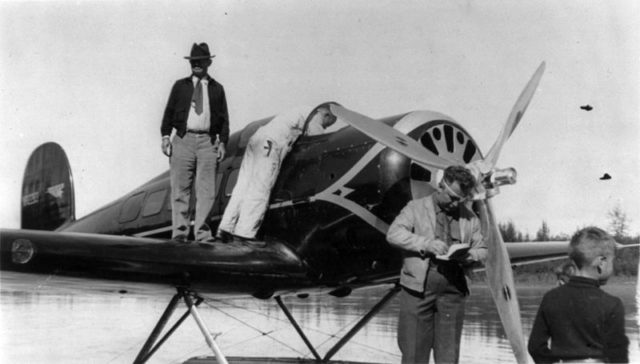
The one-eyed aviator later racked up even more aviation firsts by helping develop an early pressure suit and conducting test flights at high altitude. His brilliant career came to an end in August 1935, when he and famed humorist Will Rogers set out on an aerial tour of Alaska. During a routine takeoff, their seaplane suffered engine failure and plunged into a lake, killing both men.
